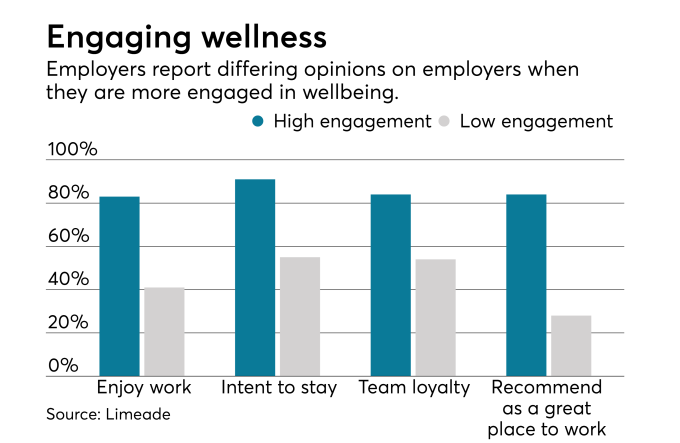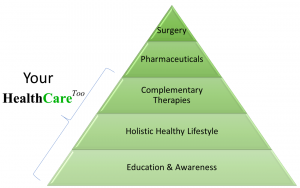Employers Embrace Wellbeing

Firms such as Delta Air Lines, LinkedIn and Walmart are broadening their focus from physical health to multiple dimensions of well-being; and demonstrating that its value far exceeds healthcare cost savings alone.
Say goodbye to wellness programs as you know them, and say hello to the future of well-being at work. Today, two pivotal changes are transforming the industry. First, employers are broadening their focus from physical health to multiple dimensions of well-being; and second, employers are demonstrating that the value of employee well-being includes — but far exceeds — healthcare cost savings alone, and can positively impact business performance.
This change to focusing on the whole person is happening for good reason: A growing body of research shows that employees’ physical health is just one of a number of factors that influence key outcomes valued by employers such as productivity, work performance and turnover. Additionally, human capital experts agree that well-being programs that focus on multiple areas of employees’ lives are essential to creating a positive workplace experience.
Hand in hand with the transition from wellness to well-being is increased emphasis on employee choice. Rather than prescribing what employees should do (as wellness programs have been doing for decades), modern well-being programs encourage employees to embark on self-improvement initiatives based on their interests, goals and needs. LinkedIn, for example, gives employees $2,000 per year to engage in the health and well-being activities that matter most to them. Employees can choose to be reimbursed for services such as massage, gym memberships, personal trainers and classes like yoga, Pilates, golf and swim. Even childcare, pet walking and pet day care are included.
Source: How employers are transforming wellness | Employee Benefit News
Our Model




